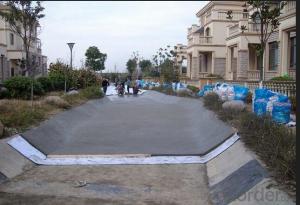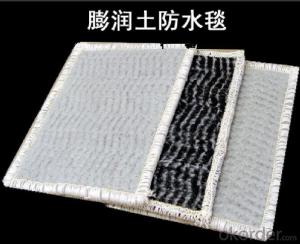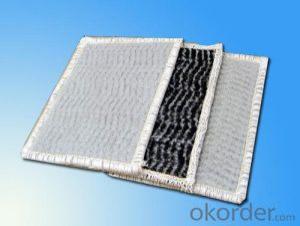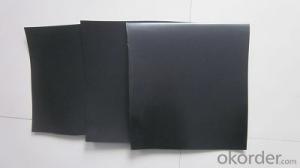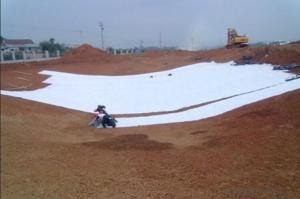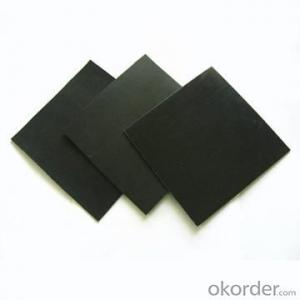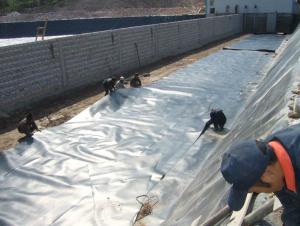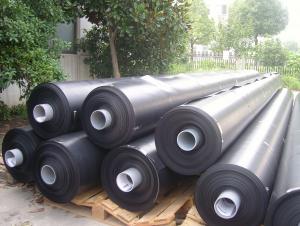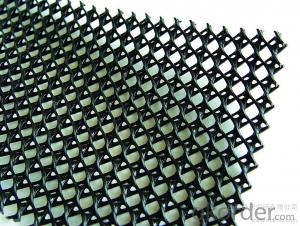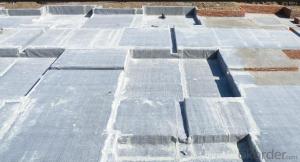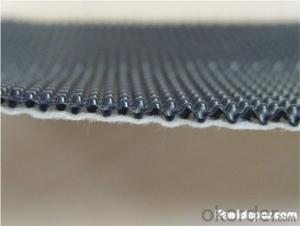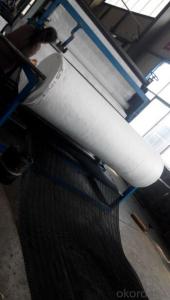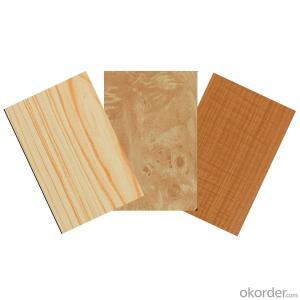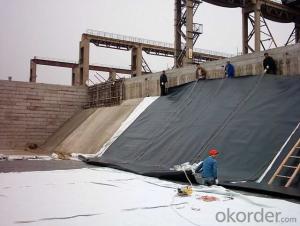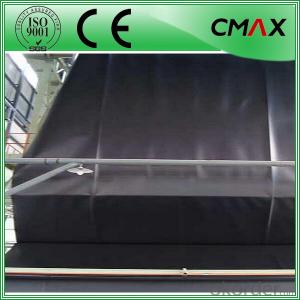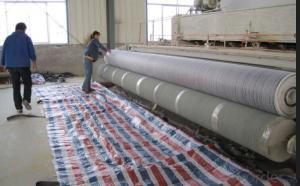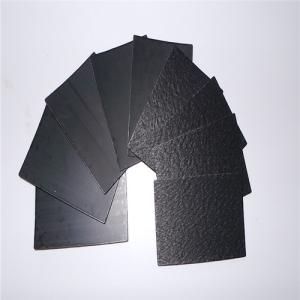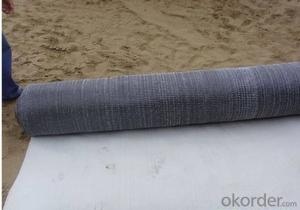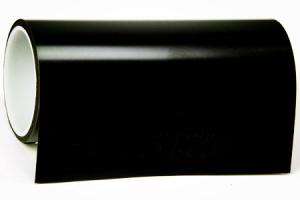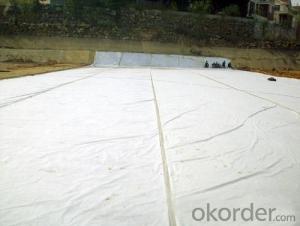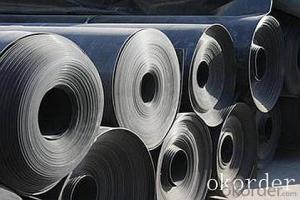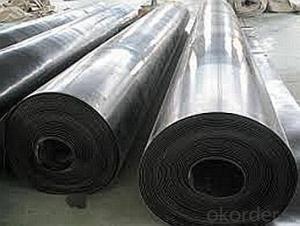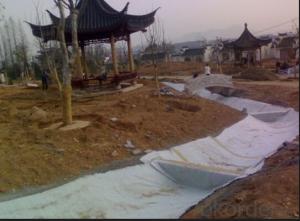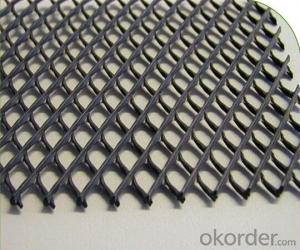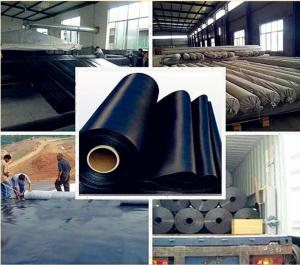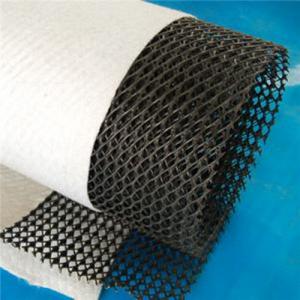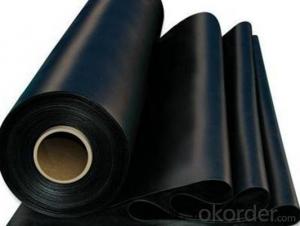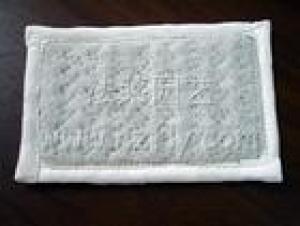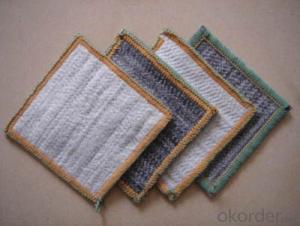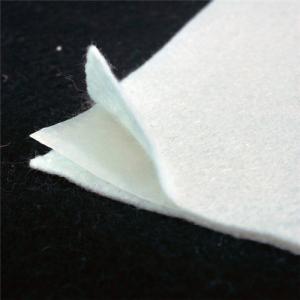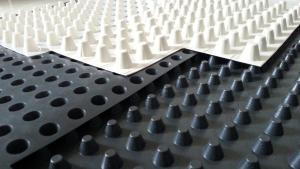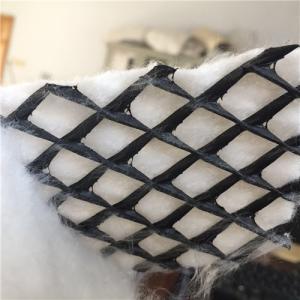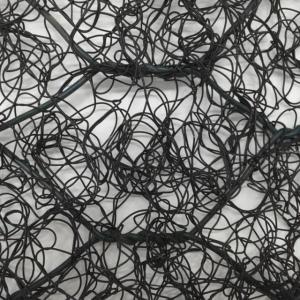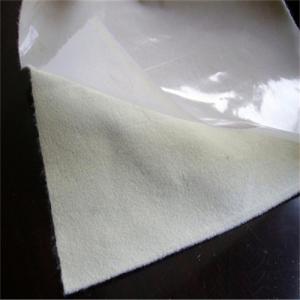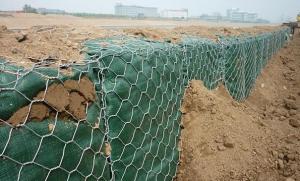Geocomposite Liner
Geocomposite Liner Related Searches
Geocomposite Clay Liner Geocomposite Geocomposite Drainage Layer Geocomposite Drain Geosynthetic Clay Liner Geocomposite Membrane Gse Geocomposite Liner Geomembrane Geocomposite Drainage Material Geomembrane Pond Liner Geocomposite Drainage Net Impermeable Geomembrane Liner Geocomposite Drainage System Bituminous Geomembrane Liner Geocomposite Drainage Strip Geocomposite Drain Strips Geocomposite Subsoil Drain Geomembrane Liner Landfill Waterproofing Geomembrane Liner Composite Geomembrane Geocomposite Strip Drain Composite Geogrid Machine Composite Geogrid Geocomposite Drainage Board Geocomposite Drainage Mat Pvc Geomembrane Liner Geocomposite Sheet Drain Geomembrane Liner Specification Geocomposite Drain Installation Geocomposite Wall DrainGeocomposite Liner Supplier & Manufacturer from China
Geocomposite Liner is a type of geosynthetic material that is specifically designed for use in various civil engineering and environmental applications. It is engineered to provide a combination of filtration, drainage, and protection functions, making it an ideal solution for a wide range of projects. This innovative product is known for its durability, reliability, and effectiveness in managing soil and water interactions.Geocomposite Liner is widely used in applications such as landfill liners, slope protection, erosion control, and water management systems. It is particularly effective in situations where the separation of different soil layers, the drainage of excess water, or the protection of underlying structures is required. The product's unique properties enable it to withstand harsh environmental conditions and provide long-lasting performance, making it a popular choice among engineers and contractors.
Okorder.com is a leading wholesale supplier of Geocomposite Liner, offering a vast inventory of this high-quality product to customers around the world. With a commitment to providing exceptional service and competitive pricing, Okorder.com ensures that customers have access to the Geocomposite Liner they need for their projects. By partnering with reputable manufacturers and maintaining a large stock, Okorder.com is able to deliver Geocomposite Liner promptly and efficiently, meeting the demands of a diverse range of industries and applications.
Hot Products
